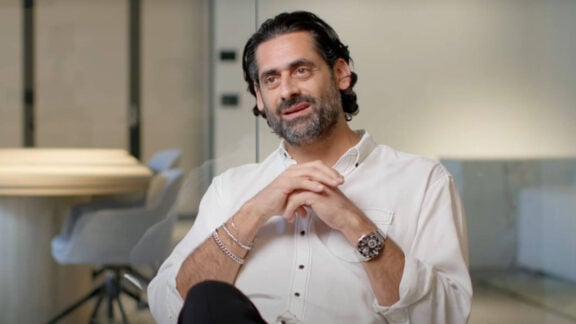“After 17 years of field investigation in Byblos, which began in the 1960s by Honor Frost, a pioneer in the field of marine archaeology in Lebanon, the basin of the ancient port was finally located at the southern foot of the hill that hosted the ancient city”. Speaking to the daily Greek newspaper Kathimerini, Lebanese archaeologist Dr Martine Francis-Allouche could not have been more excited about the findings, that promise to shed new light to Byblos’ past.
One of the oldest continuously inhabited cities in the world, Byblos is a UNESCO World Heritage Site, but up until recently, archaeologists had a hard time looking for signs of a Bronze Age port, from which timber exports (the famous Lebanon cedar trees) were shipped to Egypt and other parts of the broader region. Now this is changing, largely due to the Greek scientists assisting Dr. Francis-Allouche and her co-supervisor of the project, French Egyptologist Nicolas Grimal.
“From dawn to dusk we are in the sea. We plan the boat routes so as to form a dense canvas of courses to collect as much data as possible,” explains George Papatheodorou, professor of environmental and geological oceanography at the University of Patra’s Department of Geology, which participates to the “Byblos and the sea” project. The university lab has 30 years of experience in the area of maritime geology and oceanography, gaining international recognition after its research in the sea area of Alexandria in Egypt and the Eastern Mediterranean.
Leading a small and flexible team, Dr. Papatheodorou and alternate professor Maria Geraga (with help from researchers Nikos Georgiou, Dimitris Christodoulou, Xenophon Dimas, Margarita Iatrou and Despina Zoura) are tracing the seabed for submerged formations now covered by sand due to geological or human intervention. By combining traditional archaeology with sciences, the maritime archaeologists will be able to see, as it were, the port of Byblos that reached its peak 6,000 years ago.








